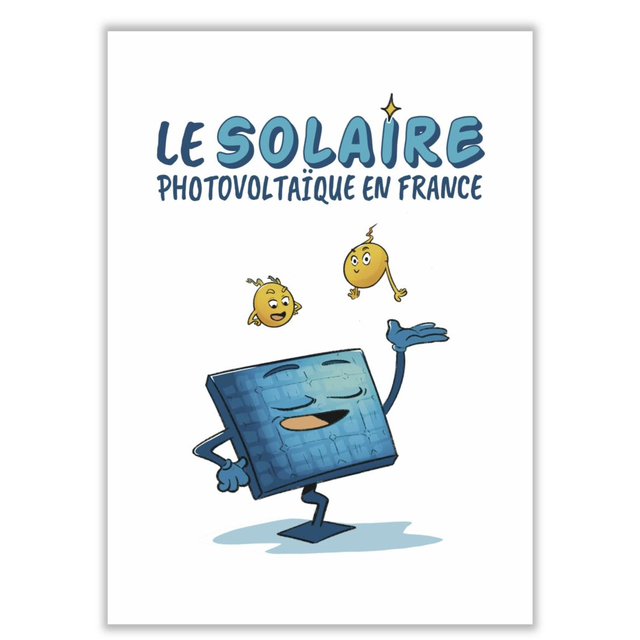An article published in Scientific Report presents a new concept for a compact, high-performance integrated optical isolator.
Photonic integrated circuits (PICs) feature an increasing number of advanced functions and devices to meet key application challenges. The serial integration of optical functions in the same photonic circuit often leads to internal reflections and optical feedback, which can destabilize the operation of certain devices. One solution is to integrate optical isolators to protect these components. Despite decades of research, no sufficiently high-performance integrated optical isolator technology has emerged to date, particularly for TE-mode propagation circuits, which are the most commonly used.
A team at C2N has proposed a new operating principle for a TE optical isolator, based on the beating of guided modes whose coupling is non-reciprocally disrupted by the transverse magneto-optical Kerr effect (TMOKE). This approach combines evanescently coupled silicon waveguides with the magneto-optical effect of a hybrid material. This new concept is promising for the realisation of a high-performance TE optical isolator, as it does not depend on optical resonances and is free from the constraints associated with interferometers. Based on data from garnet-based magneto-optical materials, the simulated device has a length of 500 μm and its 20 dB isolation bandwidth reaches 35 nm. With its wide bandwidth and high isolation, this device opens up possibilities for the realisation and miniaturisation of complex photonic circuits for optical communications, all-optical signal processing, optical sensors, etc.
References
Integrated TE optical isolator based on magneto-optical perturbation in coupled waveguides.
Kimhong Chao, Vy Yam, Laurent Vivien, and Béatrice Dagens
Scientific Reports 15, no. 1 (2025) : 20381.
DOI: 10.1038/s41598-025-08507-z
Affiliations
Kimhong Chao, Vy Yam, Laurent Vivien & Béatrice Dagens
Université Paris-Saclay, CNRS, Centre de Nanosciences et de Nanotechnologies, 91120, Palaiseau, France
Contact : Béatrice Dagens
Key words : Photonic integrated circuit; non-reciprocity ; TMOKE ; magneto-optics; optical isolator
Figure 1 : left: Schematic of the optical isolator, a combination of a TMOKE coupled-waveguide system and a 1×2 multimode interferometer (MMI). The forward input is Port 1, and the output is Port 3. When a signal is back reflected through Port3, it can be collected at Port2: the device operates as an isolator and also as a semi-circulator. L is the coupling length of the coupled waveguides system, and the gap including the magneto-optical material is chosen to optimize the isolation ratio. Right: FDTD simulation of the TE mode propagation in forward and backward directions.









